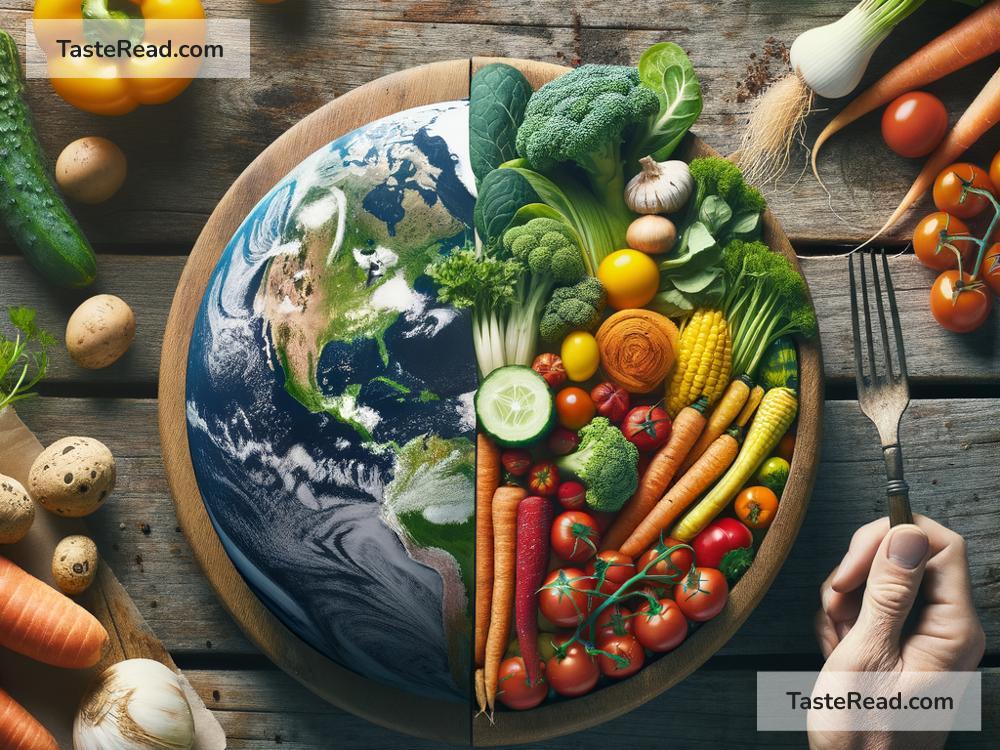How to Incorporate Climate-Smart Vegetables into Your Daily Meals
In our changing world, where the climate seems to be at the forefront of many discussions, it’s becoming increasingly important to consider the environment in everything we do. This includes what we eat. Climate-smart agriculture is a way to produce food sustainably, ensuring that we’re not harming the planet in the process. One of the easiest ways to participate in this movement is by incorporating climate-smart vegetables into our daily meals. But what does this really mean, and how can you do it? Let’s break it down into simple steps.
Understand What Climate-Smart Vegetables are
First, it’s crucial to understand what we mean by ‘climate-smart’ vegetables. These are types of produce that have a low impact on the environment in terms of water usage, carbon footprint, and overall sustainability. They are usually plants that are native to an area or can grow in diverse conditions without requiring lots of water, chemicals, or other resources. Examples include sweet potatoes, amaranth leaves (often referred to as callaloo or spinach), lentils, chickpeas, and various types of beans.
Start with What You Like
Incorporating these vegetables into your daily meals doesn’t mean you have to overhaul your entire diet. Start with what you like. Do you enjoy salads? Consider adding amaranth leaves instead of lettuce. Love a good stew? Sweet potatoes and lentils can make it heartier and more climate-friendly. The key is to substitute climate-smart options where they fit naturally into your preferences.
Experiment with New Recipes
One of the joys of cooking is experimentation. Use this as an opportunity to explore recipes from around the world that traditionally utilize these climate-smart vegetables. For example, try making a Moroccan chickpea stew, Indian lentil dal, or a hearty bean chili. These dishes not only broaden your culinary horizons but also help you contribute positively to the environment.
Grow Your Own
If you have access to a garden, balcony, or even a sunny windowsill, consider growing some of your vegetables. Beans, chickpeas, and certain types of leafy greens like amaranth are surprisingly easy to grow. This cuts down on the carbon footprint associated with transporting food and ensures you have a fresh supply of climate-smart veggies right at your fingertips.
Visit Local Farmers’ Markets
Local produce is almost always a more eco-friendly option than vegetables that have been shipped in from afar. Farmers’ markets are great places to find seasonal, climate-smart vegetables grown near you. Plus, you’ll be supporting the local economy and small-scale farmers who are likely employing sustainable practices.
Plan Your Meals
One of the keys to successfully incorporating these vegetables into your daily meals is planning. Think about your meals for the week and how you can include climate-smart options. Meal planning not only helps you eat more sustainably but also minimizes food waste, another important aspect of being environmentally friendly.
Educate Others
As you become more comfortable with using climate-smart vegetables, share your experiences and recipes with others. Whether it’s through social media, blog posts, or simply chatting with friends and family, spreading the word can help more people make environmentally friendly choices in their diets.
Keep Learning
The world of climate-smart agriculture is ever-evolving, so stay curious and continue to educate yourself about sustainable eating practices. The more informed you are, the better choices you’ll make for the planet and your health.
Conclusion
Incorporating climate-smart vegetables into your daily meals is a simple yet effective way to contribute to a healthier planet. It doesn’t require radical changes to your diet, just mindfulness about what you’re eating and where it comes from. By choosing sustainable options, experimenting with new recipes, and perhaps even growing your own produce, you can enjoy delicious meals that are good for you and good for the earth. Remember, every small change counts in the larger fight against climate change.


